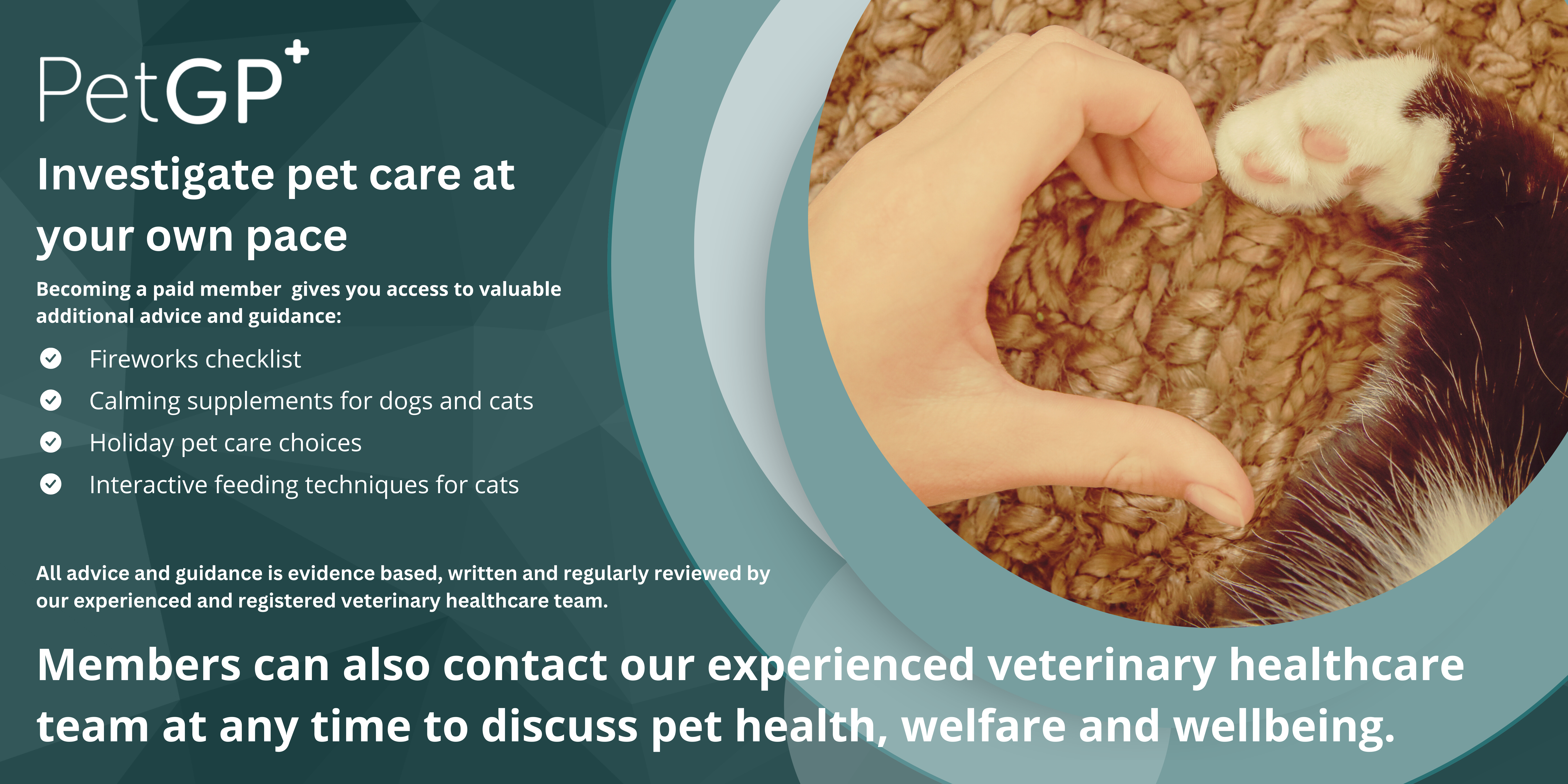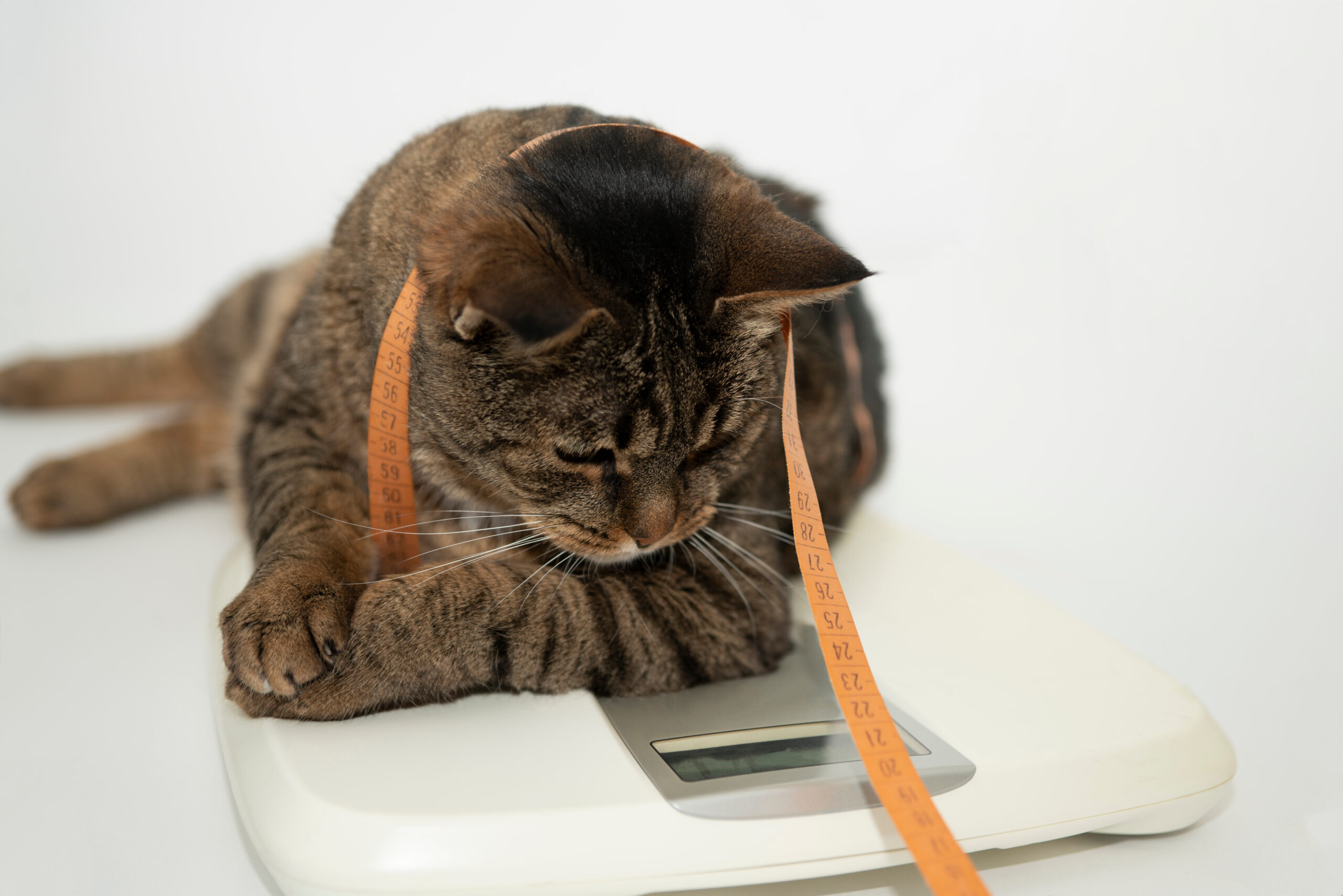Worms in Cats.
Worms in are very common. While they might be a concern, they do not usually have serious consequences and are easy to treat. He is some information to help you spot the signs of worms in your cat.
Our guide contains expert advice from qualified and registered Veterinary Nurses to help you choose the best course of action for your pet and help answer your question – does my cat have worms and how do I prevent and treat them?
Symptoms of worms in cats
- Sickness
- Diarrhoea
- Pot belly in kittens
- Weight loss
- Poor coat quality
- Weakness
- Loss of energy
- Sore bottom
- Coughing (lungworm)
- Wheezing (lungworm)
- Shortness of breath (lungworm)
Worms are very common, with the most frequently seen intestinal types being roundworms and tapeworms. Worms are picked up by cats in a variety of ways.
How do cats get worms?
- Swallowing larvae from mother’s milk
- Eating infected prey
- Having fleas and swallowing them whilst grooming
- Picking up worms or larvae from faeces whilst outside
- Contact with slugs or snails (lungworm)
Tapeworms are transmitted to cats by fleas. Immature fleas (larvae) eat the worm eggs. Infection is passed on to a cat when it swallows infected fleas. This occurs during grooming. This is one of the reasons why it’s important to treat your cat for fleas as well as for worms.
Roundworm larvae start by infecting a cat’s intestinal tract, but they can burrow their way into other tissues and organs.
Worms in older cats
Adult cats get worms from other infected animals. They can also get worms from eating prey such as birds or mice which might carry worms. They can also get worms from infected parasites such as fleas, or from eating the larvae or eggs of worms in the environment.
Worms in younger cats
Kittens can inherit infection from their mother, as well as from ingesting larvae in their mother’s milk
Treatment of worms
The treatment of the condition will depend on the vet’s diagnosis. Worming should be completed regularly as a preventive measure.
Forms of home treatment:
- Tablets
- Powders
- Pastes
- Spot-on treatments
The frequency of use will vary from product to product, so it’s a good idea to set reminders on your calendar to make sure you remember when the next treatment is due.
Prevention of worms
You need to worm your cat regularly even if you haven't seen any symptoms of worms, to kill the worms that are present and prevent reinfection.
Exercising good hygiene precautions is very important. This is particularly important with children. Children should not to share food or plates with the cat. It is also important to wash their hands after stroking or playing with them. Provided you worm your cat regularly, any risks should be kept to a minimum.





